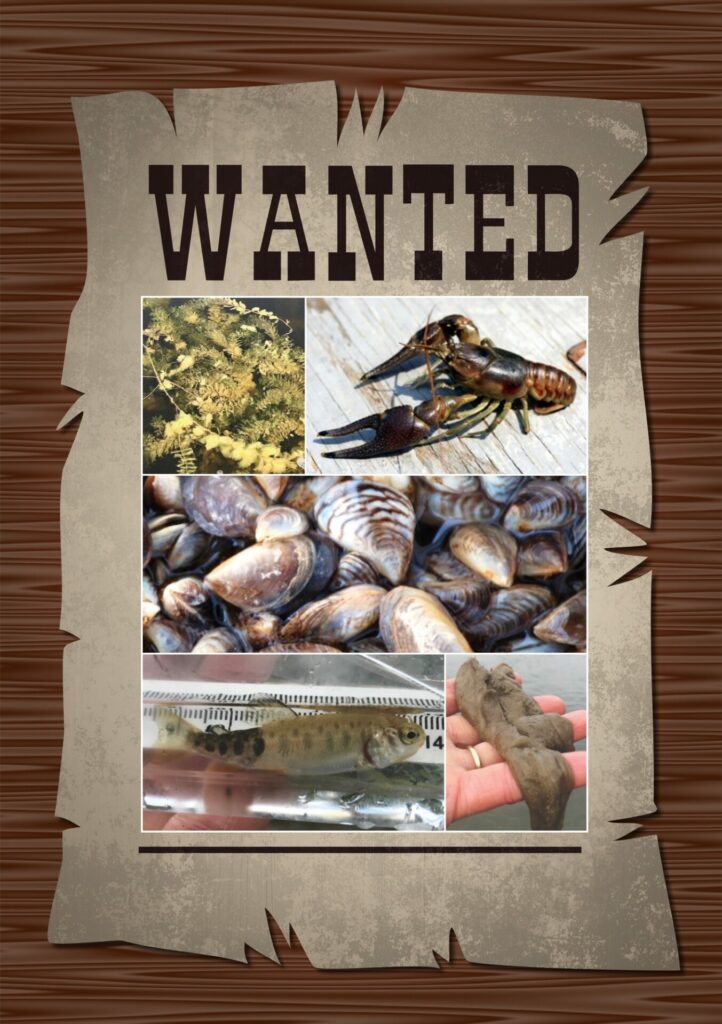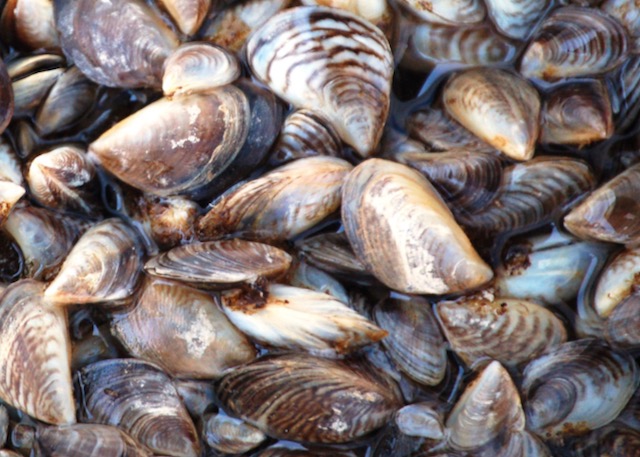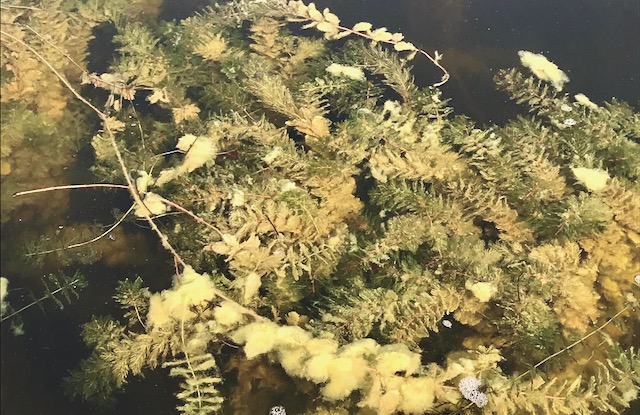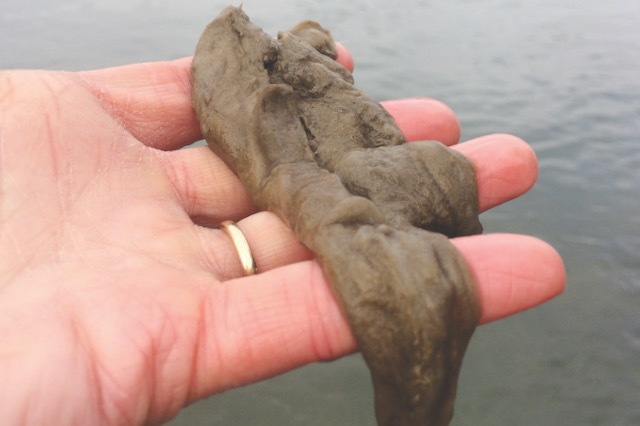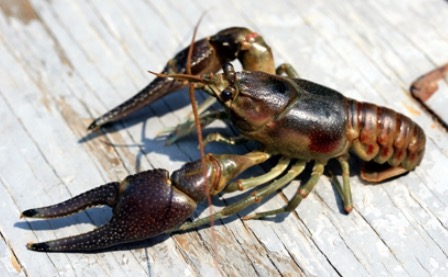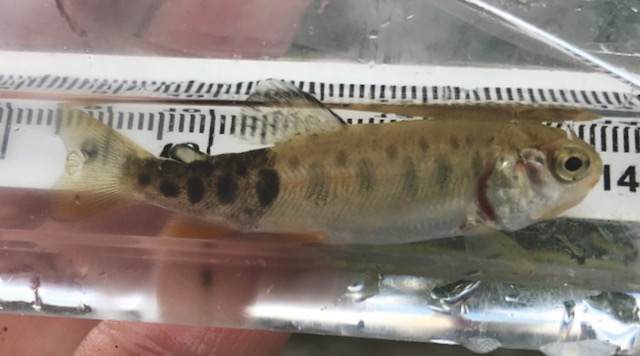Clean machines
Thoroughly washing, draining and drying your fishing boat is key to helping stop the spread of aquatic invasive species
Advertisement
CANADA’S MOST UNWANTED
When it comes to nasty invasive aquatic species, these are among the most dangerous offenders in our nation’s waterways.
Advertisement
ZEBRA AND QUAGGA MUSSELS
These small mussels are probably the most notorious invertebrate aquatic invasive species in Canada. Adults feed by filtering phytoplankton and other suspended matter from the water, taking food away from native species; one mussel can filter a litre of water a day.
Large colonies of these mussels can overtake fish spawning areas and beaches, and clog up water intake lines for irrigation, hydroelectric plants and municipal water supplies. The mussels also promote toxic algal blooms, which can be harmful to both native wildlife and domesticated animals.
Zebra mussels are small shellfish named for the striped pattern of their shell, although some have only dark- or light-coloured shells with no stripes. They range in size from two to four centimetres, which is considerably smaller than Canada’s native mussel species. They cling to virtually any surface, including other mussels, via thread-like appendages extending from underneath their shells.
Advertisement
Zebra mussels live two to five years, and can reproduce by their second year. A mature female may release up to one million eggs; once fertilized, they develop into free-swimming larvae called veligers. Within two to three weeks, the veligers begin to settle under the weight of their forming shells, and attach to firm, underwater surfaces. Quagga mussels are similar in appearance and life cycle, although they are slightly larger and their shells are rounded, lacking the flat underside of a zebra mussel.
Advertisement
EURASIAN WATERMILFOIL
This aquatic plant was accidentally introduced to North America in the 19th century via ballast water. Its green, feather-like leaves are arranged in groups of four to six around the stem. The leaves have 12 to 24 leaflets, and tiny pinkish flowers grow on reddish spikes that stand several inches above the water’s surface.
Eurasian watermilfoil blooms in late July and early August. It’s a hardy, fast-growing perennial that propagates through root division, fragmentation and seeds. Since even tiny pieces of the plant can generate new growth, Eurasian watermilfoil is easily spread. Water currents, boats, motors, trailers, and fishing gear can all carry the fragments to new areas.
While this invader thrives in the shallows, it can take root in up to 10 metres of water. It forms dense underwater mats that shade out other aquatic plants, and when large stands begin to die off and decay, they reduce oxygen levels in the water, leading to fish die-offs. Thick mats of Eurasian watermilfoil also hinder recreational activities such as fishing, boating and swimming. And to top things off, the mats provide ideal habitat for mosquitoes.
DIDYMOSPHENIA GEMINATA
Commonly known as “rock snot” or “didymo,” this one-celled organism—a diatom species—produces a mucilaginous stalk to attach itself to rocks and vegetation in freshwater rivers and streams. The stalks form unpleasant, viscous mats, ranging in colour from brownish-yellow to white, that cover riverbeds during blooms. Didymo is native to the northern hemisphere, but it has taken on invasive characteristics. The microscopic algae can be spread in a single drop of water, adversely affecting fish habitat and food sources.
RUSTY CRAYFISH
Rusty crayfish are large, aggressive crayfish native to the Ohio River basin in the U.S. They have rust-coloured patches running down their sides, and grayish-green to reddish-brown claws with black bands near the tips. The claws create an oval gap when closed, and the shell in front of the eyes is smooth, pinched and distinctly concave.
Rusty crayfish can be mistaken for native crayfish species, with adults growing to 7.5 to 13 centimetres in length. Females can carry up to 200 fertilized eggs under their tails, meaning a single female introduced to a different area can spawn an entirely new population. They can outcompete native crayfish species for food, and damage fish spawning habitat. In Canada, they are currently found in Ontario and Manitoba.
MYXOBOLUS CEREBRALIS
At present found only in Alberta in this country, this microscopic parasite causes so-called whirling disease in salmonid fish species such as trout, salmon and whitefish. The parasite has a complex life cycle that requires a salmonid fish and an aquatic worm as hosts. By invading cartilage and bone, and impairing the nervous system, it causes fish to swim in a corkscrew, or whirling, manner, hence the disease name.
Other symptoms include physical changes to the fish, such as skeletal deformities of the body and head, and nerve compression making the tail appear dark or black. The severity of whirling disease depends mainly on the age and size of the salmonid host. Young fish are the most vulnerable, with mortality rates reaching up to 90 per cent.
To help curb the spread of the disease in Alberta, the provincial government has expanded its Clean, Drain, Dry program to also target non-boaters. It recommends that stream and river anglers dedicate gear, especially waders, for use only in waters known to have whirling disease.
Learn more about combatting invasive species at www.canadainvasives.ca.


